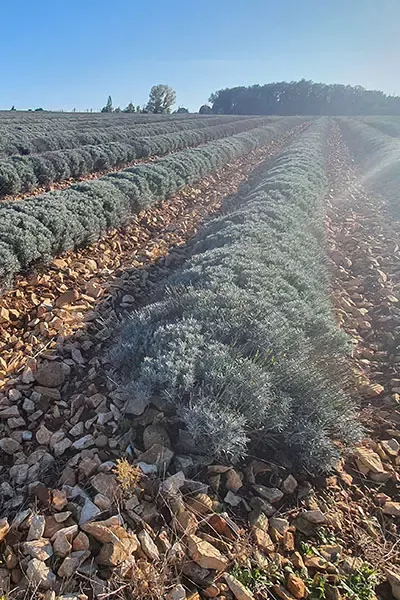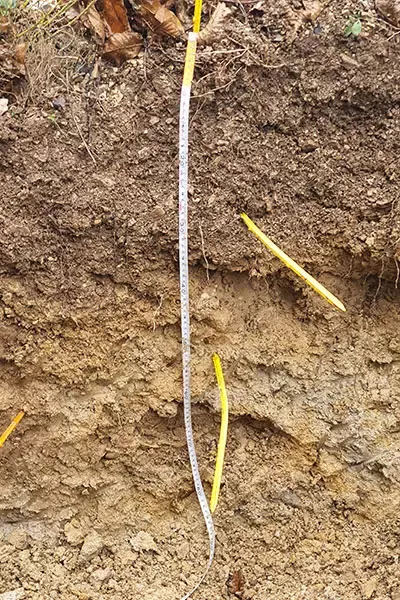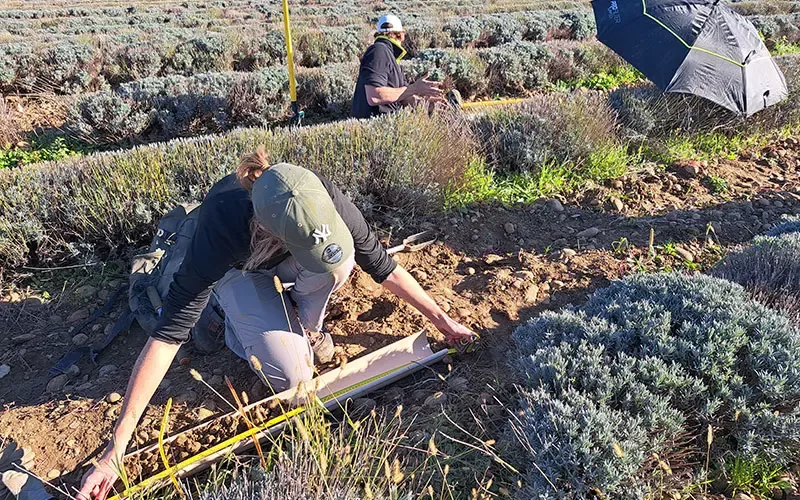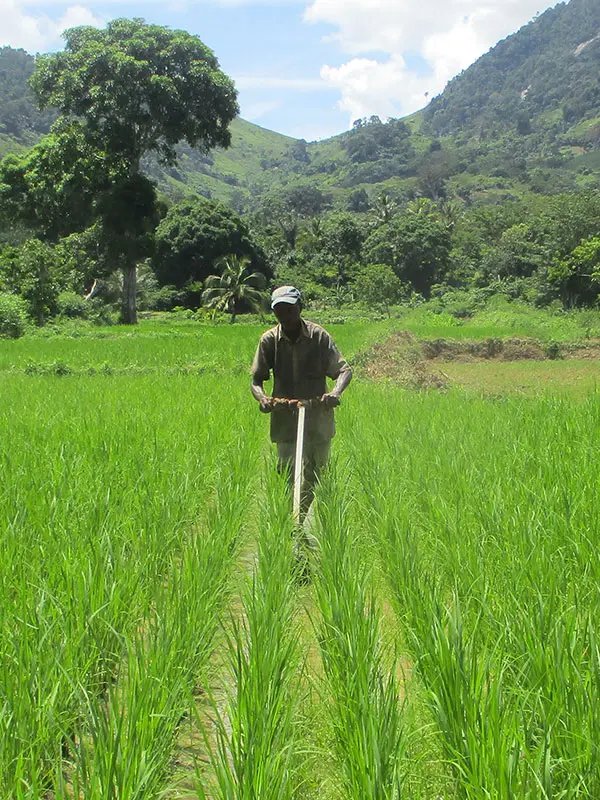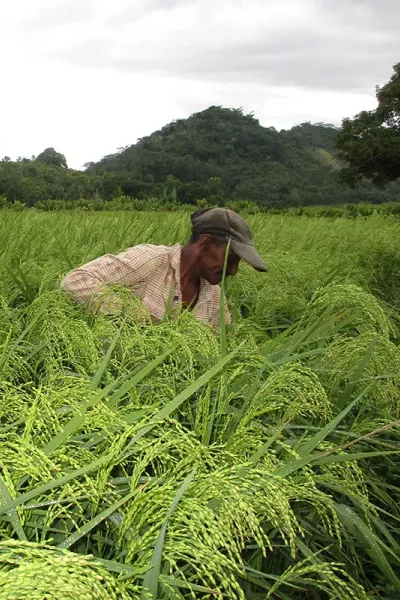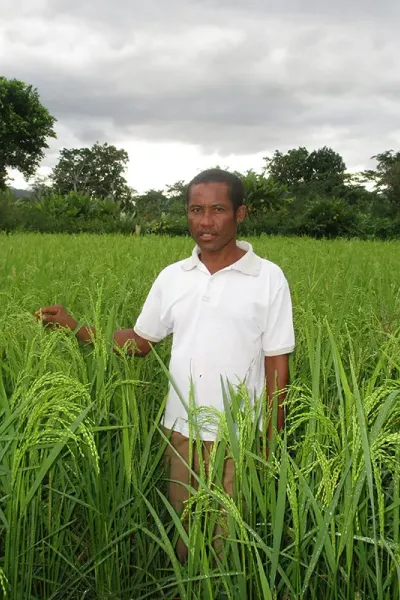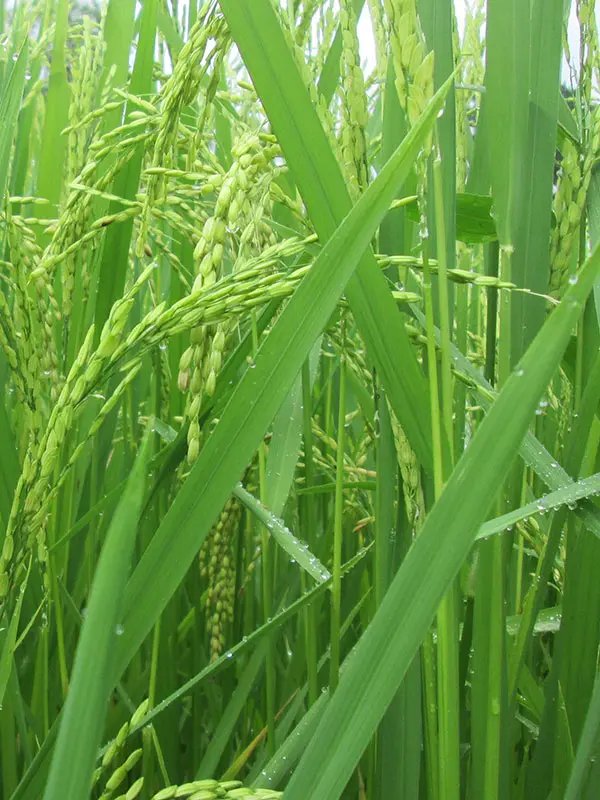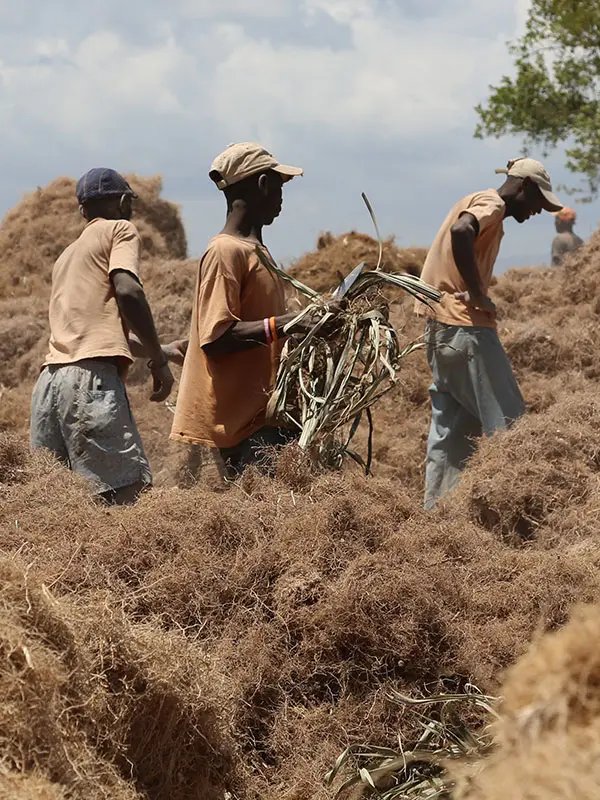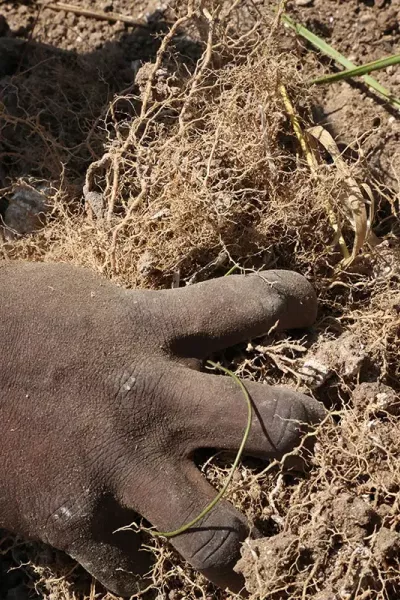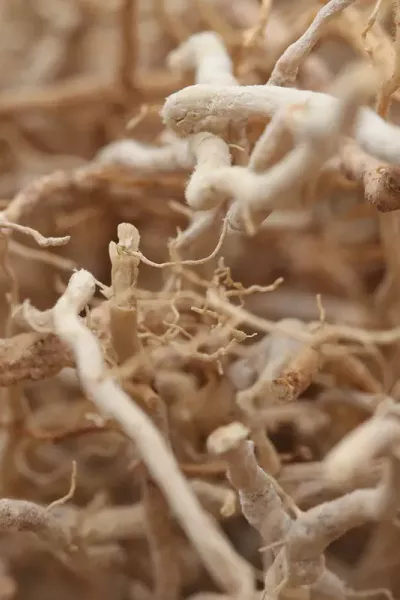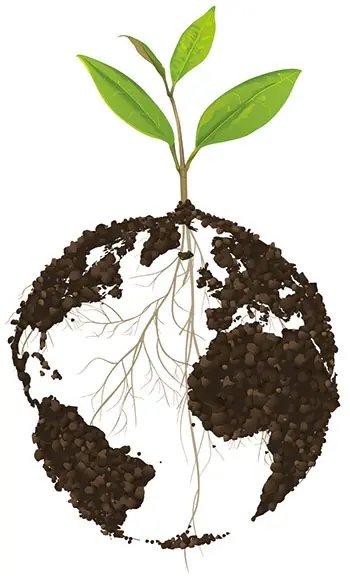
World Soil Day 2023:
Soil and water, a source of life

The UN’s World Soil Day, celebrated annually on 5 December, is designed to empower and engage people around the world to improve soil health and tackle the challenges associated with it. This year the day focuses on the link between soil and water.

What are the interdependencies between soil and water?
Soil is the medium in which plants grow and provide the structural stability for water and nutrients to be made available to the plants. Soil and water provide the foundation for food production, and human-wellbeing.
The health of the soil and the quality and availability of water are interconnected; healthy soil is a soil which has the capacity to function as a living system. Has the structural, chemical and biological properties necessary to absorb, retain and deliver water and carry nutrients to the living things.
Healthy soils provide other ecosystem services such as carbon sequestration, limit the impact of extreme weather events such as droughts and floods. This is particularly important when you consider that rain-fed agriculture systems account for 80% of croplands, contributing to 60% of the global food production. These systems rely heavily on effective soil moisture management practices.
Recognising the invaluable roles of soil and water, we can take proactive measures to safeguard these resources for future generations.
France
Improved rice farming techniques to cut water use and improve soil fertility
Madagascar
Tackling soil erosion in the vetiver supply chain
Haiti
For further information on World Soil Day 2023, visit: www.fao.org/world-soil-day/en/

